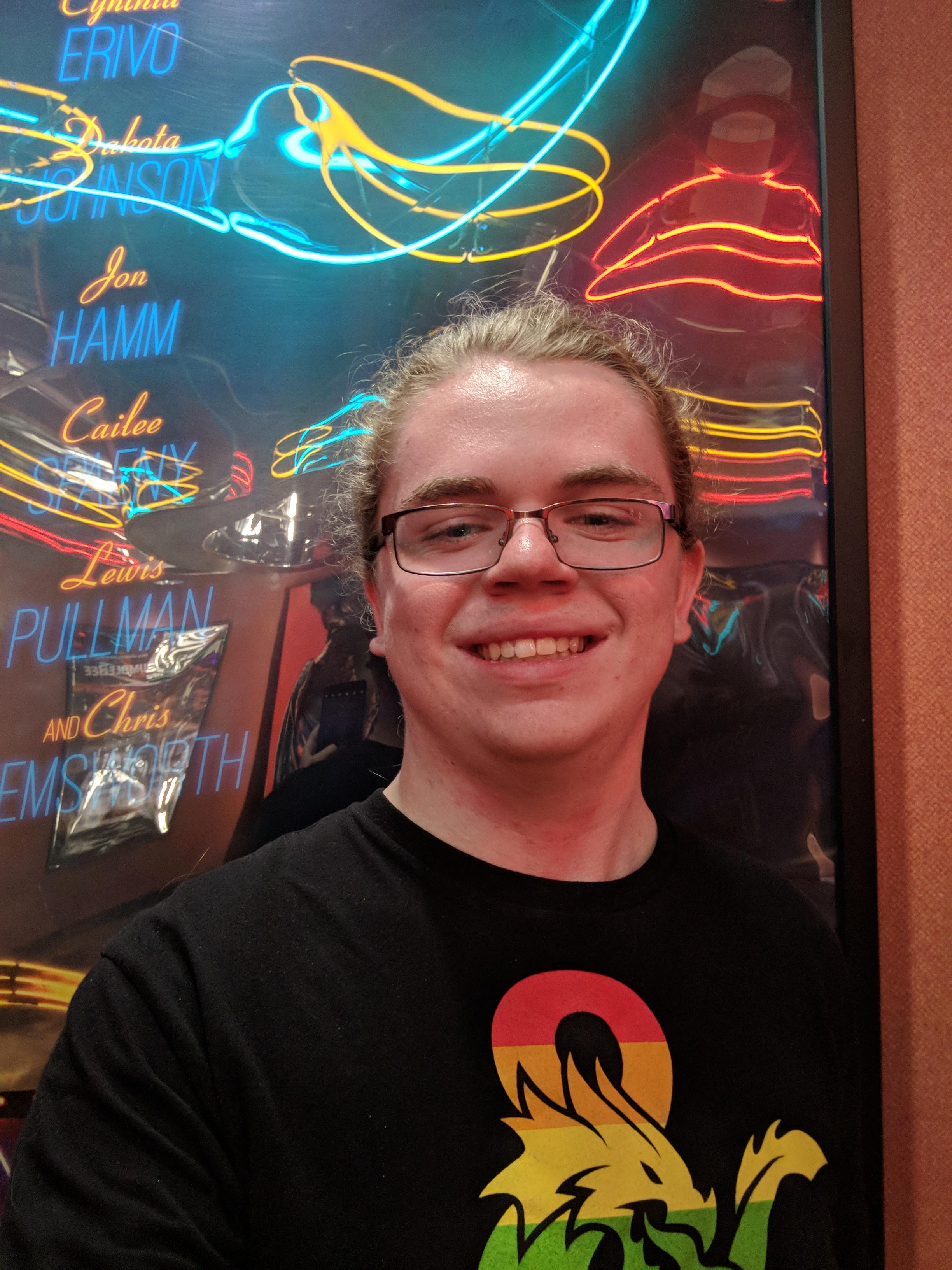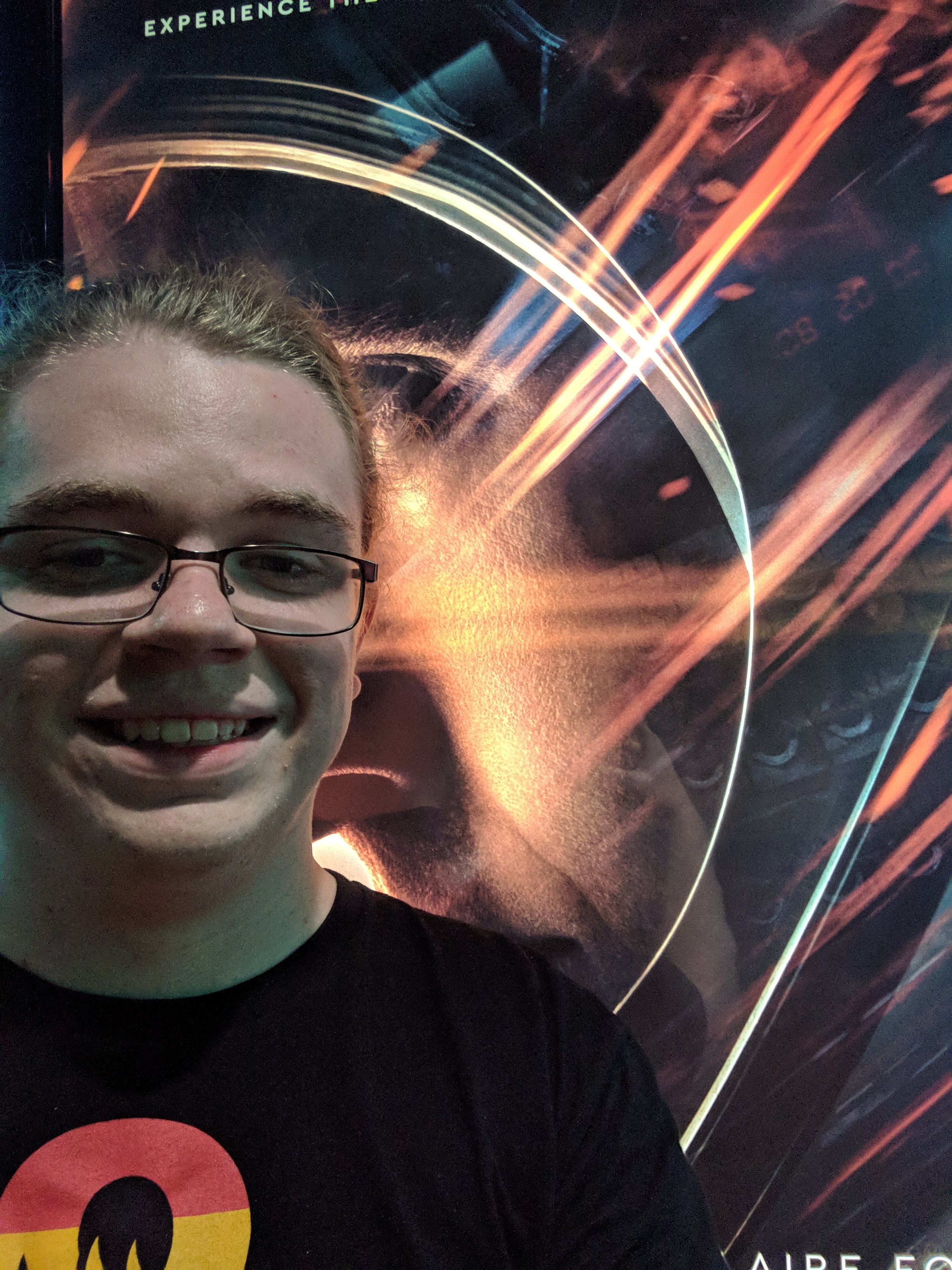I went to the Regal Town Center to see the 7:05 pm screening of The Happytime Murders, to which I arrived far too early. The movie theater was nice and slow. The perfect time to go the movies, in my opinion, is between releases when there is nothing to draw in a crowd. The staff was really quite friendly, and I barely had to wait in line at concessions to get my over-priced movie theater candy and Icee.

The theater was really clean, although besides that it was not really noteworthy. As I had hoped, it was mostly empty and I could easily get an entire row to myself. The ads they played before the movie were as awful as one would expect, but they were at least tolerable.
Trailers
The trailers before the movie included Assassination Nation, Nobody’s Fool, and Night School. These seemed interesting, I had previously seen other trailers for Nobody’s Fool and Night School and these trailers did not really sell me any more than the others had. The trailer for Assassination Nation stood out to me. A black comedy thriller about a town where a hacker exposes everyone’s secrets which leads to ludicrous violence and chaos. The movie is written and directed by Sam Levinson. The trailer was kind of hard to follow, but the concept is interesting enough that I may end up checking it out.
The Movie
I wanted to like Brian Henson‘s The Happytime Murder, it had so much potential to be a silly murder mystery set in a puppet-filled world. The vulgar comedy stars Melissa McCarthy as Detective Connie Edwards and the voice of Bill Barretta as her ex-partner turned private-eye Phil Phillips. The bickering duo work together to solve a string of murders tied to an old TV show. Ultimately though, the movie left me disappointed.
Thinking back, I’m not exactly sure why I had such high
Plot Problems
Again, when I look at the plot of The Happytime Murders I cannot help but compare it to Who Framed Roger Rabbit
Comedy Problems
But it’s a comedy, it’s allowed to have a bland plot if it is funny you might think. And yes, the movie has its funny moments that stand out, which definitely helps redeem the movie to me, keeping me from calling it bad outright. The issue I have, is its over reliance on vulgarity-as-comedy gags. A single scene that stands out in my mind is an exaggerated and overly long sex scene involving two puppet characters. The gag just keeps going, moving from chuckle-worthy to uncomfortable rather quickly and remaining there until it finishes with something that completely changes my perspective on silly string. This is far from the only scene which seems to rely on the bizarre dissonance of characters similar to your favorite Muppets can cuss and have sex for its comedy which just puts me off really enjoying the humor.
What I liked
Aside from the lacking plot and gross humor, there were some really, really funny moments in the movie. And I must admit, I am somewhat bias in that I think that Melissa McCarthy is a very funny actress, but most of all her comedy bits stood out as really funny.
Additionally, I must commend the movie for the excellent ways that it established a world in which puppets and humans lived alongside. It never felt forced when a puppet character appeared, although I guess that is to be expected of the son of legendary puppeteers like Jim and Jane Henson. The movie made it easy to almost forget that in reality the puppets were being controlled by someone, appearing more as merely bizarre looking characters. In fact, one of my favorite parts was that during the credits they showed some bloopers without the visual effects to remove the puppeteers which provided some hilarity as well as gave really cool insight into the work that goes into creating movies like this.
Conclusion

Overall, I enjoyed my experience going to the movies, even though The Happytime Murders failed to live up to my expectations. In the future I would definitely go to the Regal Town Center again, and would even see another movie from Brian Henson, although I’d probably wait and read the reviews first.
